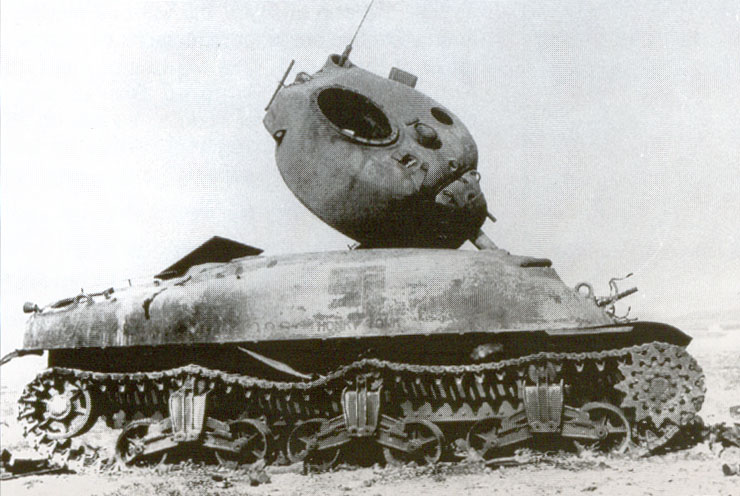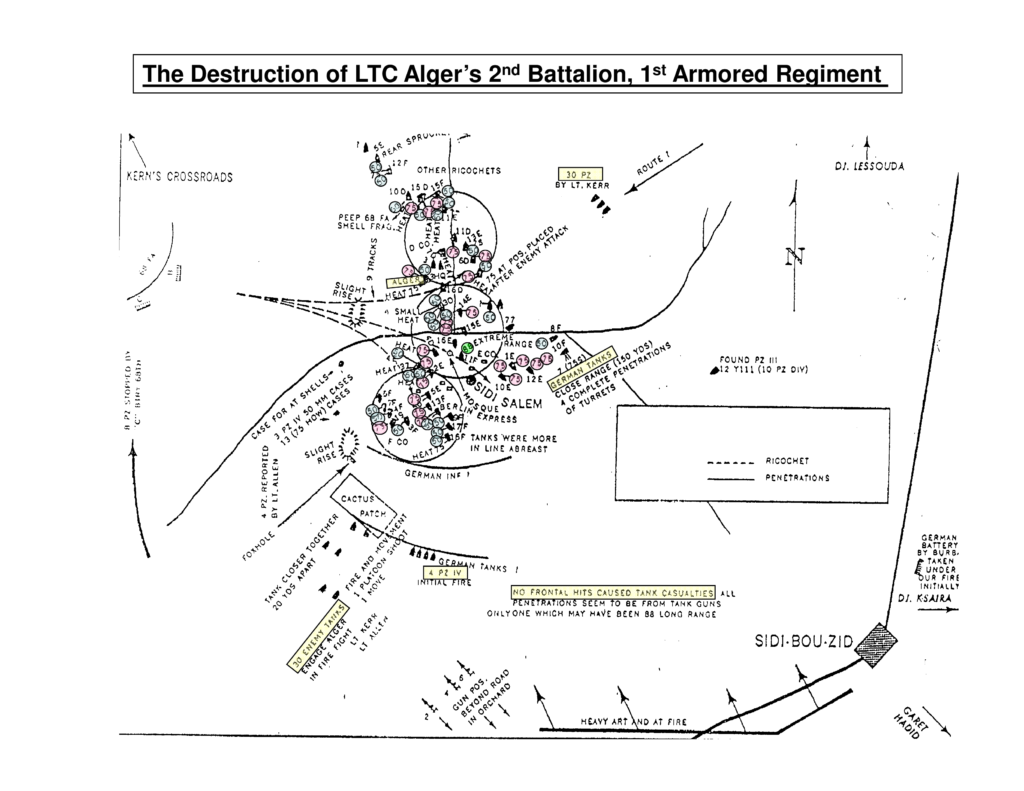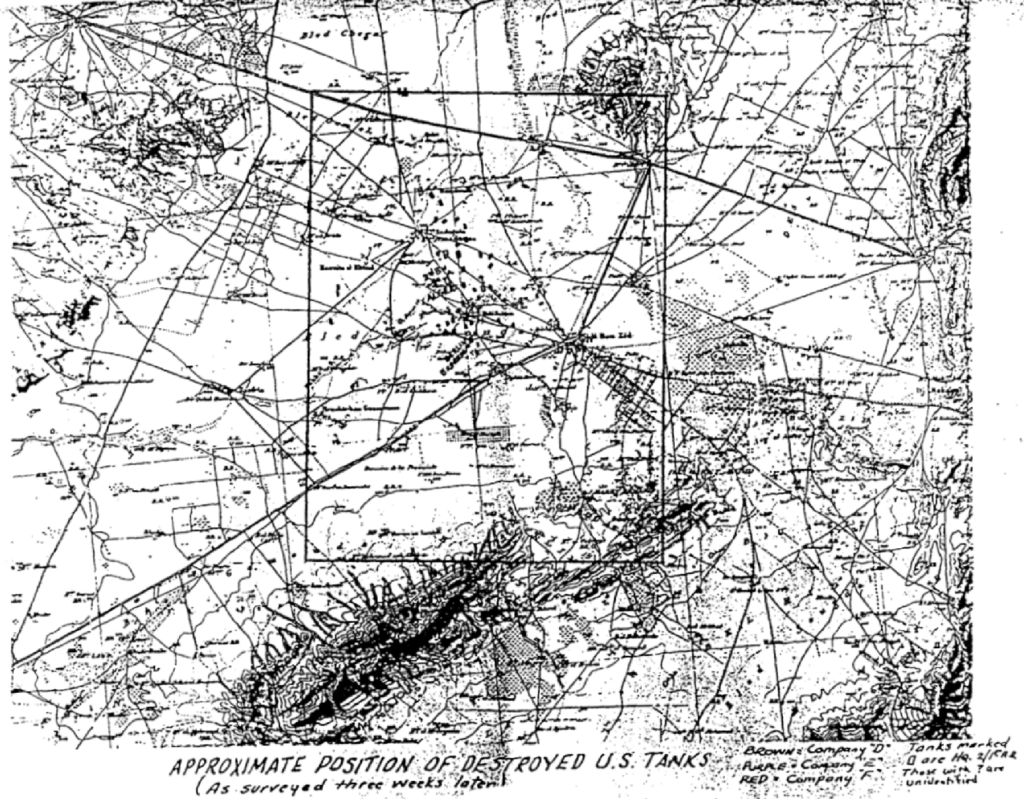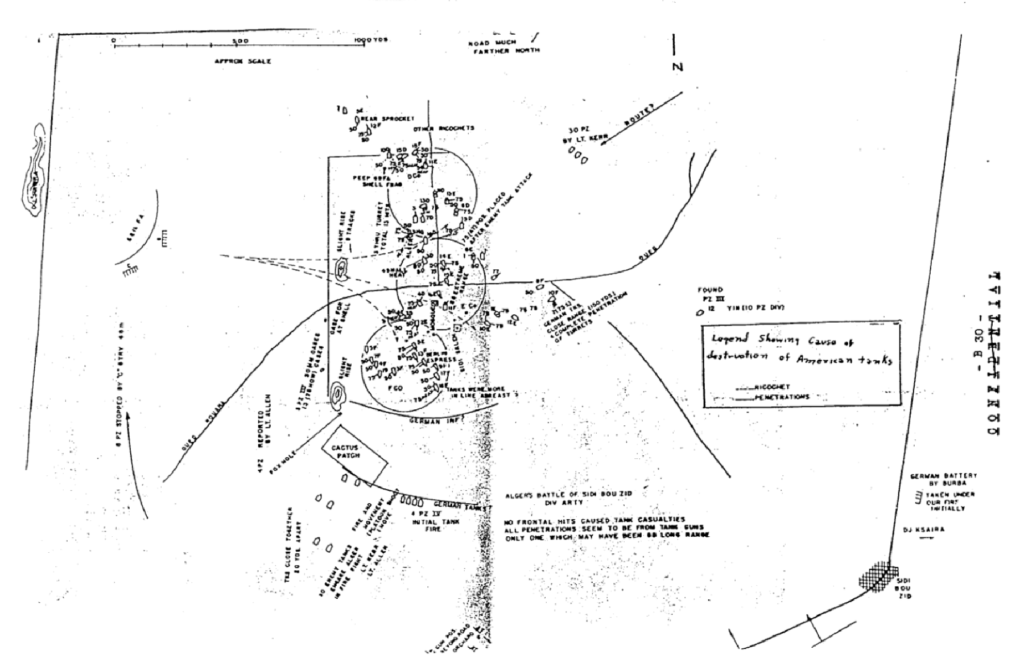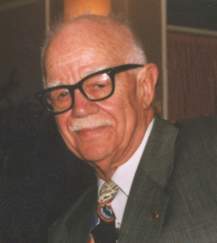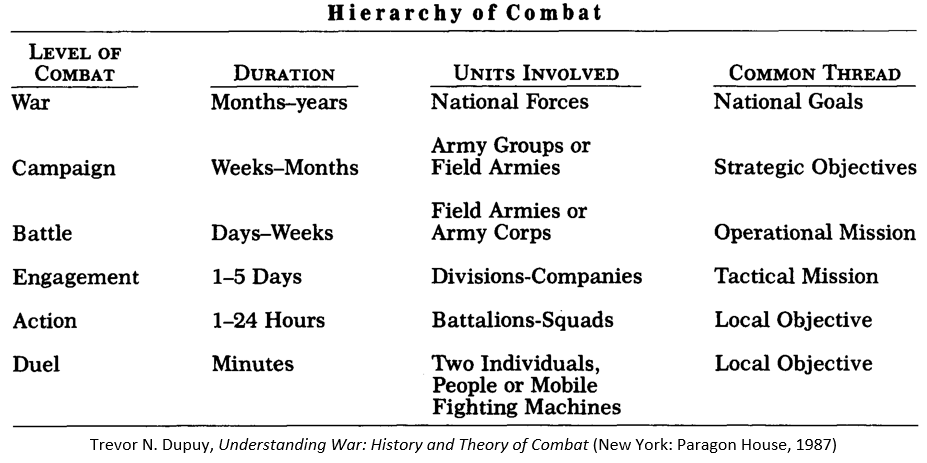Shawn Woodford did a blog post last month about Trevor Dupuy’s Definitions of Lethality:
As he noted in a recent email to me:
I went back to look at the blog post on how TND defined lethality and it dawned on me that he actually stated it in at least two different ways:
- “…lethality, or destructive power, of weapons…” [Numbers, Predictions and War: Using History to Evaluate Combat Factors and Predict the Outcome of Battles (Indianapolis; New York: The Bobbs-Merrill Co., 1979), p. 6]
AND
- “Lethality—the ability to injure and if possible to kill people.” [The Evolution of Weapons and Warfare (Indianapolis, IN: The Bobbs-Merrill Company, Inc., 1980), p. 286]
- “All weapons have at least one common characteristic: lethality. This is the ability to injure and, if possible, to kill people.” [Attrition: Forecasting Battle Casualties and Equipment Losses in Modern War (Falls Church, VA: NOVA Publications, 1995), p. 25, which was drawn from earlier HERO reports].
Well, I am not sure that Trevor invested a whole lot of time in the definition or discussion of the meaning of lethality. I did work directly with him for several years and I don’t recall it ever coming up in conversation.
I think lethality is both, the destructive power of weapons and the ability to injure and kill people. It depends on the weapon and what you are shooting at. Also, depends on the measuring construct you are using. Trevor Dupuy’s models, the QJM/TNDM, were focused on estimating human losses in combat. Other combat models are built around a SSPK (Single-Shot Probability of Kill) calculation and “lethal area” calculations. This certainly includes CAA’s COSAGE/ATCAL/CEM and the RAND/CAA’s COSAGE/ATCAL/JICM hierarchy of models. This approach is oriented toward measuring weapons system losses. Their personnel casualties are then calculated from there. I think they are both trying to measure lethality, just using slightly different metrics.
Lethality is clearly not the same as combat effectiveness. There is a lot more to combat effectiveness then what comes out of the barrel of a gun.

